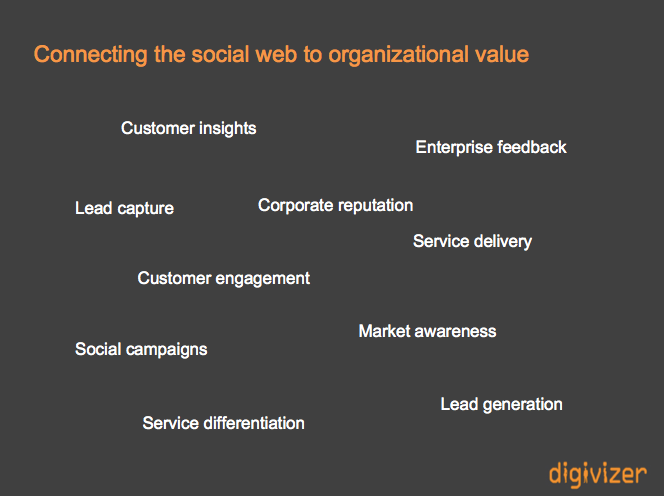 I love this quote by Mahatma Gandhi. And I try to live by this mantra.
I love this quote by Mahatma Gandhi. And I try to live by this mantra.
Having lead an ASX-listed technology company as President & COO for 5 years, and after working 20 years in leadership positions for a range of corporates and agencies( working full time whilst raising my 3 kids), I took the big scary decision to step out last year and take a more entrepreneurial/self-starting career change.
After taking some time out to contemplate what next (travelling around Australia in a Winnebago with kids and husband), I decided to take my future into my own hands and do a number of things:
1) Stay focussed on doing what I love and feel passionate about “helping people and businesses grow”, and to
2) Find a new and different way to leverage my experience by playing to my strengths and passions
I now focus my time on sharing my experience and developing people through coaching, leadership development, workshops, speaking, writing and am now working to help businesses grow through harnessing the power and value of the web.
What drives me is my excitement about the increasing ubiquity of the web, faster processing and download power, interconnectivty and mobility through an ever-increasing range of electronic products and platforms, and how this has opened up the global market.
The model introduced by Apple with the ipod and itunes was a real paradigm changer for all businesses. Now all companies are looking at how to take advantage of technology and how they can connect, interact, create lock-ins with their customers through more personalised, targeted products, services and support – all delivered through the web.
The web is undeniably becoming more social. Right now, people are meeting, finding, sharing, and connecting with one another through the social web – leaving behind digital footprints that are as unique as they are. As an example, a recent Nielsen study found that 75% of global consumers who go online access Social Networks and Blogs, and that there was a 66% increase in time spent on Social Networks/Blogs compared to last year.
Australia’s social media audience is estimated at 9.9 million and 40% of online Australians are now interacting with companies via social networking sites, reinforcing notions that Australians are open to engaging with brands and companies online. And this type of penetration is typical of western countries and increasing at a rapid rate in the developing countries.
It is through this changing world and the increasing take up of what has become the social web that I co-founded DIGIVIZER together with my (very smart) partner Clinton Larson to help businesses bring sense to the billions of connections and conversations that are happening on the web each day. To help them find what matters to them and to help them use it in ways that they can extract value and a return to their bottom line.
And so I now introduce DIGIVIZER to you…
DIGIVIZER delivers to businesses the digital footprints of people you know and people you would like to know, providing insights into who and what people are saying and about things that matter to you. All presented in meaningful, people-centric, easy-to-understand and easy-to-access sets of data.
When integrated with your customer relationship, sales and marketing platforms and programs, DIGIVIZER gives you a new edge to enable more powerful personalization and targeting through all customer interactions – significantly increasing the return on your marketing and sales investment.
We are in the early stages of growing, balancing client requirements with the development of the base platform. It is exciting, it is challenging, and it is unlocking some powerful results.
I truly believe this Social CRM is the future for businesses and as a very wise person said, that the personalization of our experience on the web will no doubt be viewed as the characterizing aspect of the current phase in the evolution of the web and the way we will do business.
And so, the journey continues. And it all starts with making the changes you want to see in the world – starting with yourself and your world, then looking beyond.
Exciting times for us all ahead!







